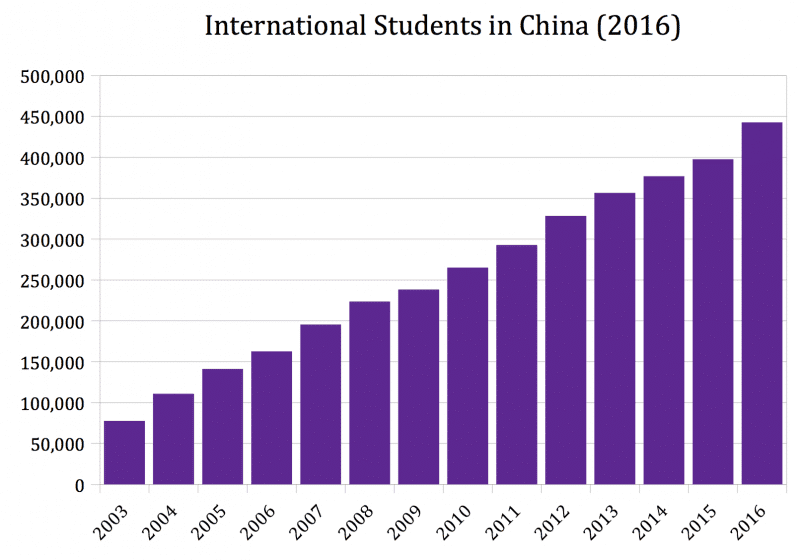C. Stacey Woods and the Evangelical Rediscovery of the University
by A. Donald MacLeod
This biography of C. Stacey Woods (1909-1983) is the story of how American college and university campuses became both a mission field and a fertile source of thousands of new missionaries.
InterVarsity Press, P. O. Box 1400, Downers Grove, IL 60515, 2007, 240 pages, $25.00.
—Reviewed by Jim Reapsome, retired editor of Evangelical Missions Quarterly.
This biography of C. Stacey Woods (1909-1983) is the story of how American college and university campuses became both a mission field and a fertile source of thousands of new missionaries. MacLeod follows Woods from Australia to the United States to Canada and back to the United States and eventually around the world. He became the pioneer leader of InterVarsity Christian Fellowship in North America and then of the International Fellowship of Evangelical Students over the span of half a century, roughly 1930-1980.
Apart from pragmatic organizational birth pangs, Woods’ primary struggle was to convince American Christians that the college campus was a mission field worthy of their prayers, their young people and their support. Christian colleges garnered the cream of the crop in many cases and the prevailing sentiment in churches held that it was quite unworthy for a Christian to go to a state university.
Working with a mere corporal’s guard, first in Canada and then in the US, Woods gradually penetrated both the Christian public and the campuses with his biblical insights, creative preaching and audacious faith. At the same time, a few far-sighted individuals of means stood beside him and helped him to achieve his vision.
InterVarsity Canada started as an English export and Woods bought into those principles, which emphasized personal piety, Bible study, prayer, evangelism and world missions. After Woods had established the work in Canada, he brought the same principles to America, often summarized as discipleship, evangelism and missions. The first so-called Urbana student missionary convention actually was held in Toronto in 1946. Subsequent gatherings were held at the Urbana campus of the University of Illinois until 2006, when it moved to St. Louis.
McLeod’s biography accurately traces the milestones of Woods’ career. He documents his organizational ups and downs, but does not seem to give adequate attention to the roots of his convictions—daring as they were for his times. For example, why did he battle for student-led rather than staff-led campus groups? How did a Dallas Seminary and Wheaton College graduate move from popular fundamentalist attitudes to a more culturally sensitive approach and remain thoroughly biblical? How and why did he shift from his strict Christian Brethren upbringing to more liberal positions, such as giving leadership to women?
That being said, the remarkable influence of Woods in the world mission of the Church fully merits serious study and reflection in light of campus and world needs today.
—–
Copyright © 2007 Evangelism and Missions Information Service (EMIS). All rights reserved. Not to be reproduced or copied in any form without written permission from EMIS.



